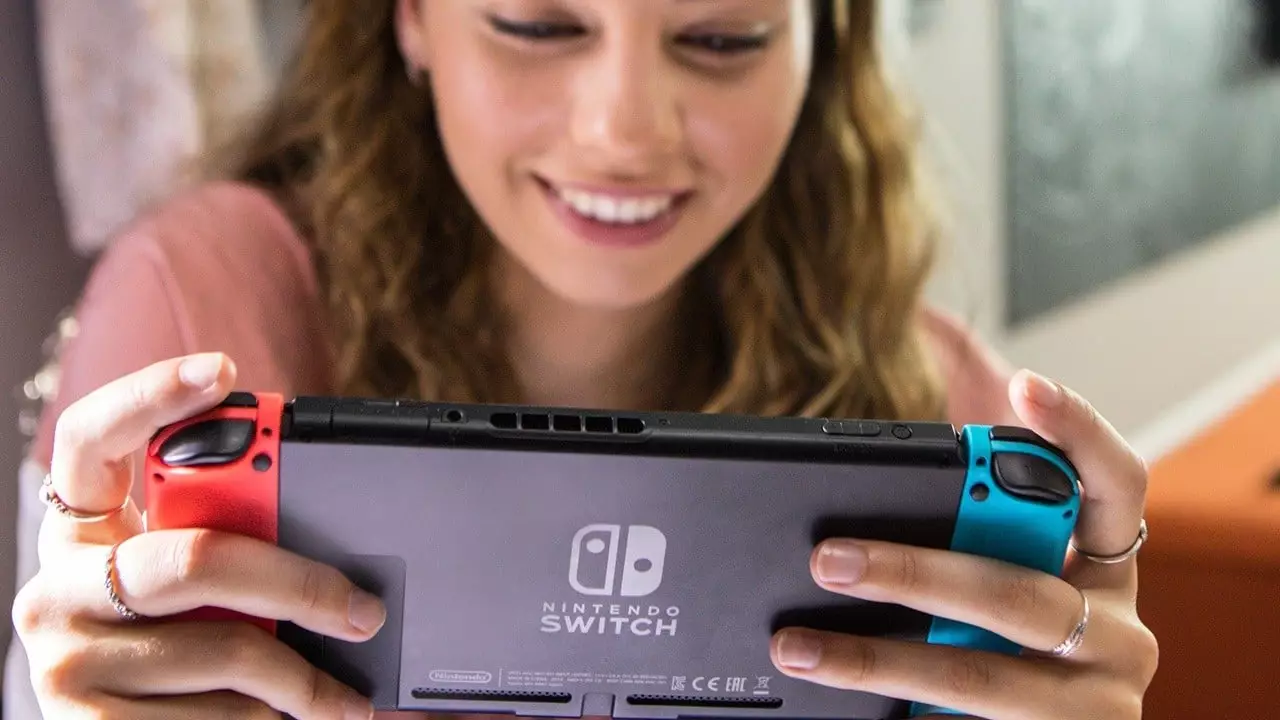As we journey through 2024, Nintendo has already set the stage for an exciting year that includes the much-anticipated releases like Pokémon Legends: Z-A and Metroid Prime 4: Beyond, both slated for 2025 on the Nintendo Switch. However, amidst the excitement, Nintendo President Shuntaro Furukawa delivered crucial insights during a recent financial briefing, shedding light on the company’s strategy for navigating the transition from the highly successful Switch to its next-generation successor.
Furukawa’s commentary underscores a significant challenge facing the gaming giant: how to maintain momentum on existing hardware while still generating excitement around new offerings. He expressed a desire to continue supporting the Switch, recognizing that many gamers are still heavily invested in the platform. However, he also emphasized the necessity of exclusive titles that can anchor the launch of new hardware. This delicate balance between nurturing the current generation and fostering the future is vital for maintaining Nintendo’s relevance in an ever-evolving gaming landscape.
Sustainable Strategies for the Switch
Nintendo’s approach appears to mirror strategies from previous generations. With the Switch having surpassed 150 million units sold globally, the company seems poised to maximize its earning potential from the existing user base for at least the first few years of the successor’s lifecycle. Furukawa cites the company’s experience with 3DS software development post-Switch launch as a model for how they plan to proceed. By delivering exclusive software alongside continued support for the Switch, Nintendo aims to ensure that their loyal consumers are well catered to during this transitional phase.
This strategy shows a pure understanding of consumer behavior; many gamers are reluctant to abandon their hardware without a compelling reason. By rolling out appealing titles on the Switch, Nintendo can keep the player base engaged even as they introduce new innovations.
Looking Ahead: The Emergence of Switch 2
With a direct presentation scheduled for April, fans are eagerly anticipating more details on the Switch 2, which is expected to launch later this year. The announcement promises to reveal not just hardware specifications but also the exclusives that will define the new generation. Among the questions that linger is whether the new system will leverage backward compatibility to ensure that players can carry over their favorite Switch titles.
Moreover, the introduction of the Switch 2 could represent a philosophical shift for Nintendo as they consider how to build a game library that appeals to both veteran players and newcomers alike. The challenge of keeping engagement high during this time will be crucial. So, as fans ponder the future, they are left weighing their options: will they adopt the new system early on, or remain devoted to the existing Switch for as long as enticing titles keep launching?
In this period of transition, Nintendo’s dual focus on creating new software for the Switch while developing the next-generation console highlights their strategic acumen. As the landscape of gaming evolves, so too must the approaches companies take in satisfying their audience. Nintendo’s ability to manage this balancing act could ultimately determine its long-term success, as avid gamers eagerly await their next adventure, whether that lies within the familiar comforts of the Switch or the uncharted territory of Switch 2.


Leave a Reply